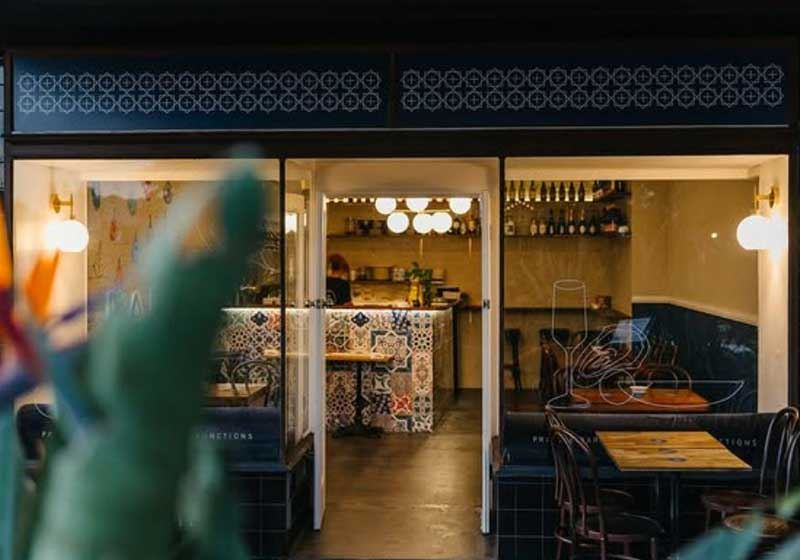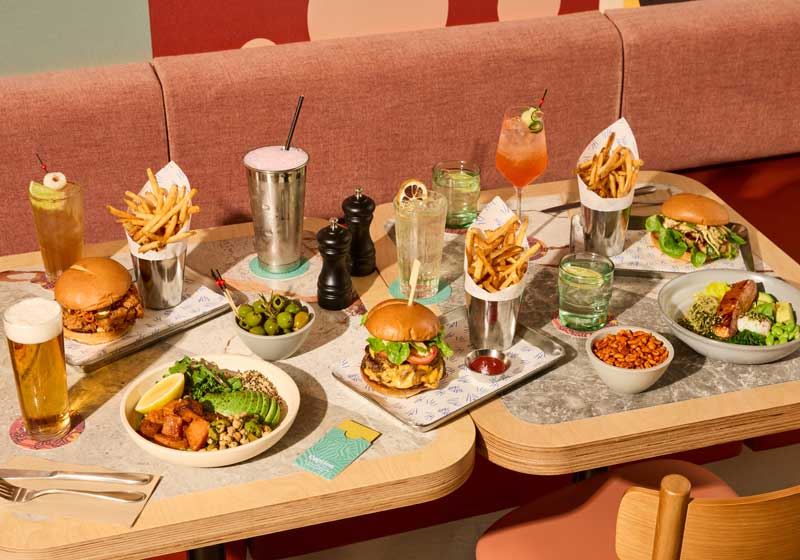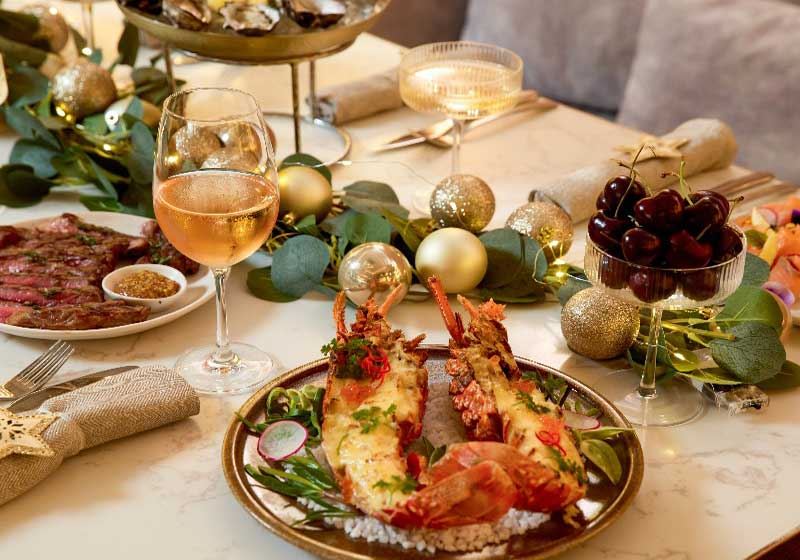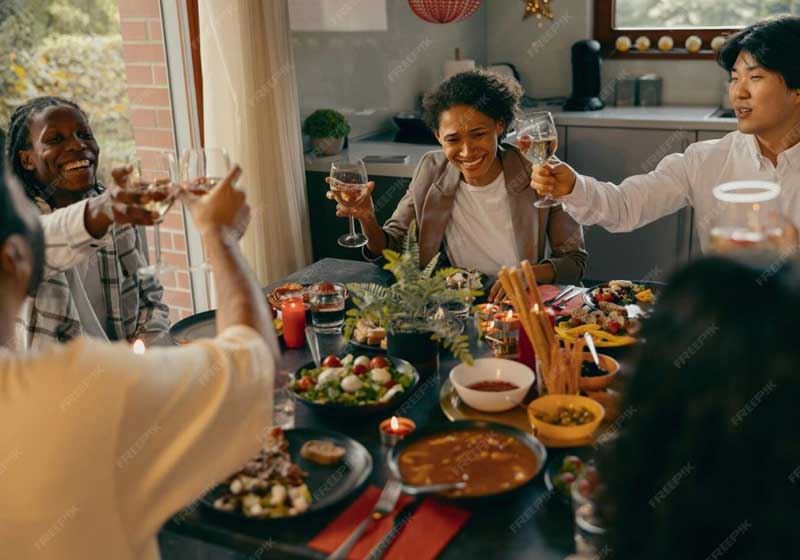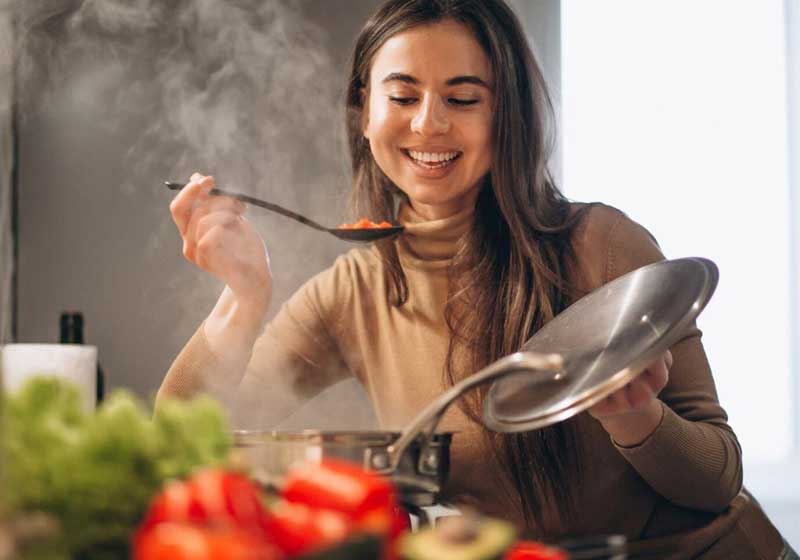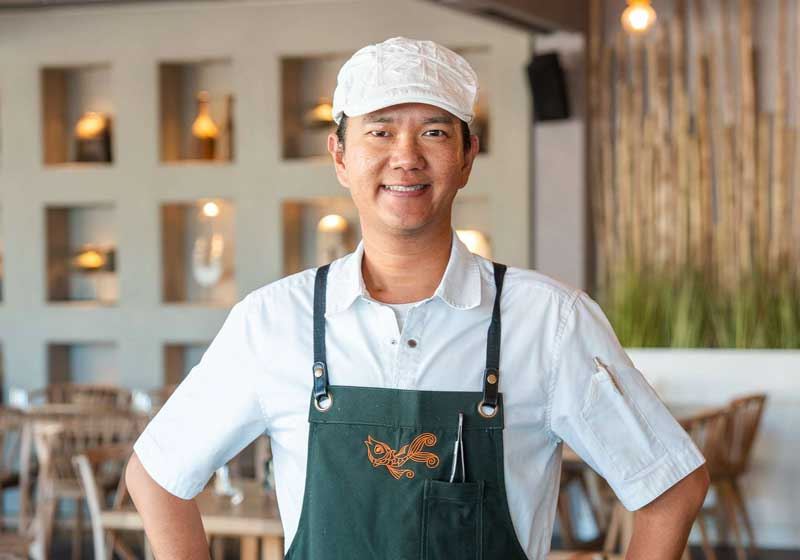By Leigh O’Connor.
There’s a particular kind of magic that happens when the scent of spices from one hemisphere meets the slow-simmered comfort of another. It’s not a clash, but a conversation — one spoken in cumin and coriander, in the smoke of charred bread, in the soft steam rising from a shared bowl.
Diaspora dinners are where stories come to dine; where belonging isn’t defined by geography, but by generosity.
At first glance, the table looks like any other — a scattering of plates, glasses catching the light, conversation humming beneath the clatter of serving spoons. Look closer, and you’ll see it’s a map. A mosaic of migrations.
There’s jollof rice shimmering like embers beside a bowl of homemade kimchi; a Persian stew rich with saffron leaning against a dish of crisp Yorkshire pudding; a plate of empanadas passed between hands that grew up thousands of kilometres apart. Every dish is an offering — not just of food, but of memory, of home.
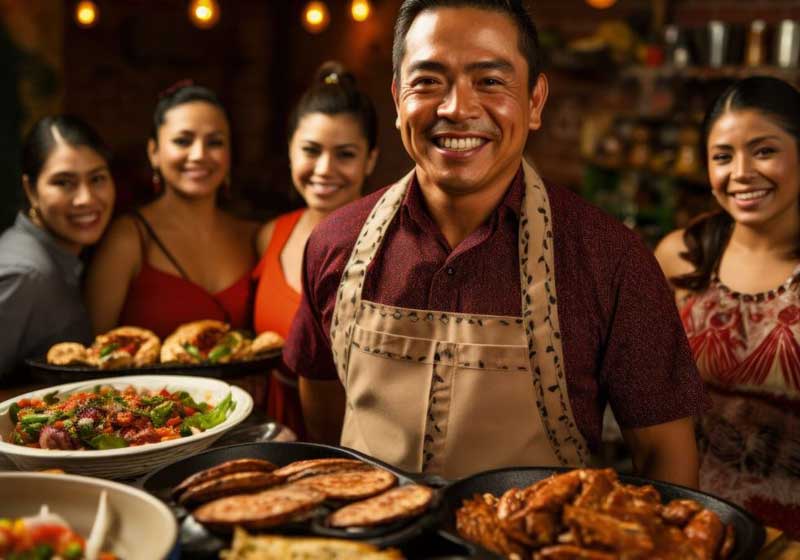
Around this table, the word ‘authentic’ loses its edge. The curry might be stirred with a wooden spoon passed down from an Irish grandmother. The dumplings might be filled with lamb spiced the way a Syrian father taught his son. Here, recipes evolve in real time, shaped by what the pantry - or the past - provides. The result isn’t confusion. It’s creation.
There’s laughter when someone tries to describe the right texture of injera to someone who’s never touched it before; there’s quiet admiration when a spoonful of mole meets the subtle salt of miso and somehow, miraculously, works.
Someone tells a story about how their mother stretched lentils to feed six children; someone else shares how they learned to roll grape leaves while their aunt sang to them in Greek. These are the moments that turn eating into communion - not just with food, but with one another.

Diaspora dinners aren’t curated menus. They’re collisions of chance and intention, of curiosity and care. They invite us to abandon borders and taste what happens when identity is plated without apology.
The meals are imperfect, sometimes improvised, but they are deeply human - the edible embodiment of resilience and reinvention. To eat at such a table is to taste the journey of migration: the salt of distance, the sweetness of survival, the spice of adaptation.
When the night deepens - when the candles flicker low and the last grains of rice cling to the serving spoons - what lingers isn’t just fullness, but connection. It’s the shared understanding that food doesn’t just feed us; it remembers us. Every bite carries the echo of where we’ve been and the promise of where we’re going.
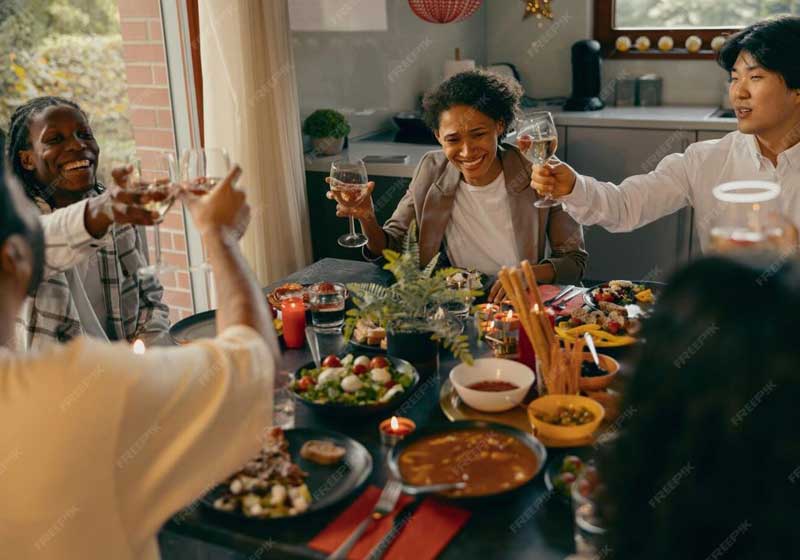
Diaspora dinners remind us that culture isn’t a museum exhibit. It’s alive, restless, always reaching across the table for something new. In this space, tradition and innovation don’t compete - they dance.
The rhythm is messy and joyful and utterly beautiful. As plates are scraped clean and the final stories are told, one truth rises gently, like steam: when cultures collide at the table, they don’t break apart. They blend - into something richer, braver and more delicious than any one alone could ever be.


